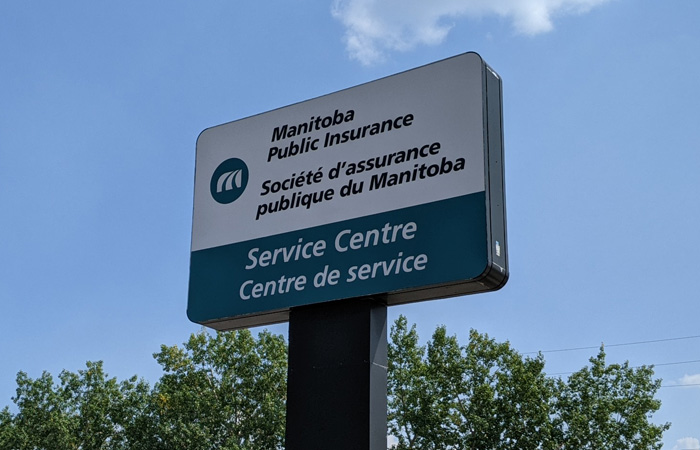April 1st kicked off Distracted Driving Awareness Month and Manitoba Public Insurance (MPI) recorded more drivers having their licences suspended for distracted driving in 2024 than in the previous five years.
Last year, 2,817 drivers were suspended for three days for distracted driving while 150 were suspended for seven days. In 2023, there were 2,469 three-day suspensions and 98 seven-day suspensions.
Collisions involving distracted driving have gone down since 2022, which saw a high of 795 across Manitoba. In 2024, there were 675 distracted driving collisions throughout the province. Of all the distracted driving collisions over the past three years, approximately 60% of those take place in Winnipeg.
“Distracted driving is the number one cause of fatalities on Manitoba roadways,” said Maria Campos, Vice President & Chief Customer and Product Officer. “Distraction can come in many forms, but when you are driving, that is the only thing you should be doing. Make safety your only priority when you are behind the wheel and focus on the road.”
Reduced reaction time is what makes distracted driving so dangerous. When you aren’t looking at the road, you don’t have the ability to react to something unexpected, and those few seconds can be the difference between preventing a collision or causing one.
Being distracted can cause you to swerve, run a red light, or fail to notice vulnerable road users like pedestrians or cyclists, all of which can potentially have fatal consequences.
What can drivers do to help avoid distraction? Turn on the “Do Not Disturb” setting on your smartphone, make sure pets are restrained, have activities available to keep children occupied, and advise passengers your focus is on the road.
In Manitoba, distracted driving can result in fines up to $672 and a five-level reduction on the Driver Safety Rating (DSR) scale. Repeat offences could lead to a licence suspension. You can also be charged with an offence the distraction caused you to commit, such as running a red light. Additional fines, moving further down the DSR scale, and potential other driving interventions could be applied.




